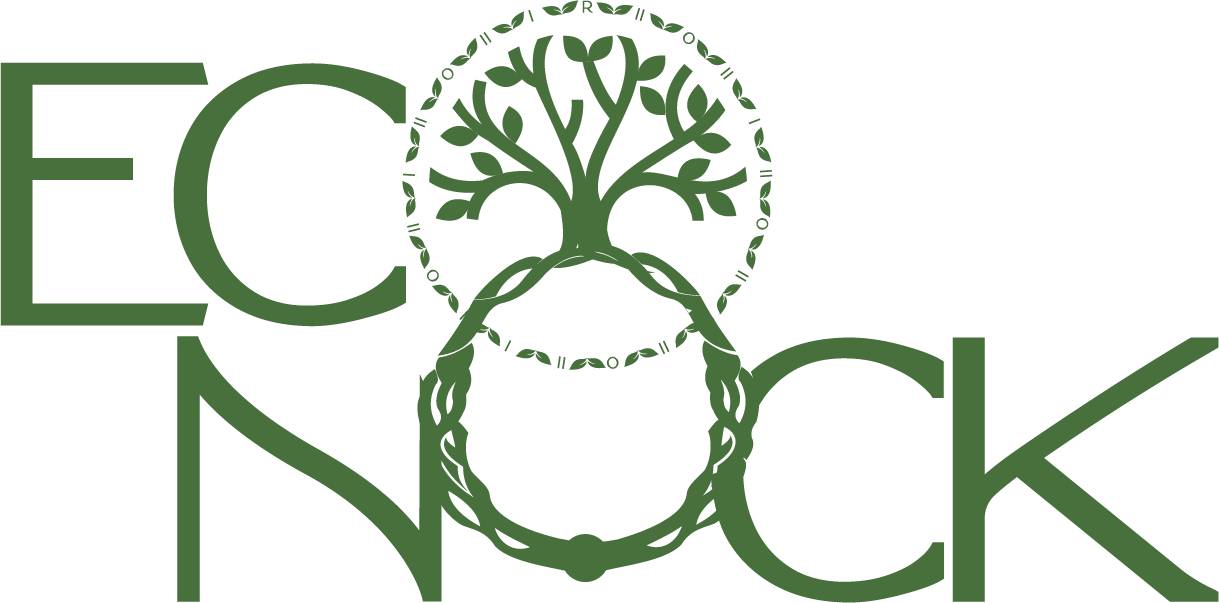FAQ’s
Collapsible content
What does Econock mean?
Econock is derived from the words ECO and KNOCK, where Eco symbolises ecosystem and nature whereas Knock represents nature’s knocking on your doorstep. In the present day scenario, we need to be mindful and responsible for our material choices.
Is Econock a vegan brand?
No, Econock is not a vegan brand. We are a sustainable fashion brand that focuses on revival and upcycling various materials and industrial byproducts.
What is the difference between a vegan brand and a sustainable brand?
A sustainable brand focuses on reducing the footprint by working around waste management, reduction, revival and further attain sustainable practices. A sustainable brand has the scope of including organic as well as upcycling synthetic materials inorder to safely meet the demands of the audience, i.e upcycled leather, fabrics, synthetic textures and organic materials.
On the other hand, a vegan brands is animal cruelty free and do not work with upcycled animal materials. They focus on uplifting ethically sourced products and manufacture products accordingly. Vegan brands do not include any animal skins or animal derived ingredients.
What makes Econock ethical?
Econock follows the ethical code of conduct and principles. We leave behind actions, strategies and values and aim towards breaking the monotonous toxic loop of fast fashion industry. By sourcing our materials in a mindful way, we do not contribute to any raw material and work majorly with industrial wastes and byproducts in a systematic hygenic way.
Are the accessories made of pure leather? Do I get to choose alternate materials?
Our accessories are a blend of leather with other materials like fabrics and threads. However, customers do get to choose on the alternate materials based on their interest. We work with fabrics, threads as well as corks.
What is the durability of the products?
At Econock we aim to make products that are a timeless and are long lasting. With the right care and precision our accessories can live upto decades with dedication and conscious devotion.
What is the Econock collective vision?
Econock’s vision is to eradicate fashion/textile waste as we bring in diverse culture in limelight using a creative edge to enhance self expression while we weave discarded pieces thoughtfully together. We also envision creating a community of conscious consumers seeking authentic upcycled products aiding slow fashion.
How do I care for my Econock products?
• Scratches can detract from a flawlessly crafted piece. Take care to avoid contact with heavily embellished clothes, sharp surfaces, or chunky jewellery when you are out and about.
• Take extra care with the leather items you use often. Take the time each week to wipe away dust and spots with a soft cloth or brush
• Buffalo hide is coveted for its exquisite textures and should be carefully cleaned accordingly. Continuous friction may cause scales to wear away, so take care to treat the surfaces gently with a non-abrasive cloth and work with the grain of the texture.
• Buffalo hide will require soft brushing in the direction of the fur to loosen any build-up of dirt. Once clean, store your buffalo and snakeskin accessories away from direct sources of heat.
• Econock's beautiful creations are handmade by skilled artisans using industrial byproducts. Slight variations are to be expected and what makes your product unique.
• Take extra care of your leather items by using a soft cloth or brush to wipe away dust and spots each week.
• Coveted for its exquisite textures, continuous friction may cause scales to wear away, so take care to treat the surfaces gently with a non-abrasive cloth and work with the grain of the texture.
• Scratches can detract a flawlessly crafted piece. Take care to avoid contact with heavily embellished clothes, sharp surfaces, or chunky jewellery when you are out and about.
• Once clean, store your Econock accessories away from direct sources of heat.
• If you are planning to leave your bag in storage for an extended period - until next season, for example- you can gently fill it with plain, acid-free tissue paper to maintain the shape of your unique bag.
How are the materials sourced and processed?
15% of the fabric is wasted during the cutting and making of the garment. These bits and pieces of waste are called katarans.
Our process starts with collaborating with various industries from where the scraps come to our head office. It is then assorted as per different tones and sizes and we then curate samples as per our design language, where all kinds of waste are used.
The waste is further moved to the weaving process, where it is sanitised, cut and used as main panels. The smaller cutouts from our patterns are further stamped to be used as our swing tags. Whereas the minute bits and pieces are used as surface embellishment over the bags. We intend to leave not even a single scrap behind.
